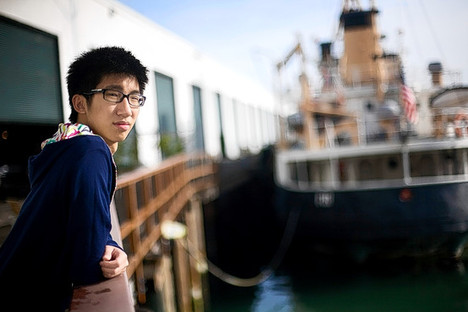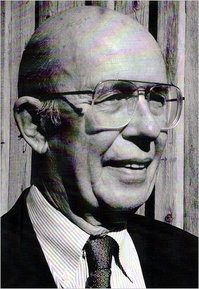(p. 21) Like many educational theorists, Bronson Alcott found his own children hard to manage. And, again like many visionaries, he also found it hard to hold down a job. As a result, the family moved 29 times in as many years. In 1843 Bronson helped found Fruitlands, a utopian community 15 miles west of Boston. Members of the commune, which numbered 13 people at its height, advocated abolitionism, environmentalism, feminism and anarchism, forswearing meat, alcohol, neckcloths, haircuts, cotton (because it was grown by slaves) and leather (because it was harvested from animals). Their rejection of one more animal product, manure, helps explain why Fruitlands failed after only eight months: this new Eden remained barren in the absence of fertilizer.
In “Transcendental Wild Oats,” a satiric memoir Louisa based on the diary she kept at Fruitlands, one character asks “Are there any beasts of burden on the place?” and is answered, “Only one woman!” In real life, the expulsion of the lone female convert, probably for helping herself to some fish on the sly, left Louisa’s mother, Abigail, to do all the women’s work and much of the men’s — especially since Bronson and his sidekick, Charles Lane, made a habit of disappearing on recruiting trips at the very moment farm labor was required.
For the full review, see:
LEAH PRICE. “American Girl.” The New York Times Book Review (Sun., December 12, 2010): 21.
(Note: the online version of the review is dated December 10, 2010.)
The books under review are:
Cheever, Susan. Louisa May Alcott: A Personal Biography. New York: Simon & Schuster, 2010.
Francis, Richard. Fruitlands: The Alcott Family and Their Search for Utopia. New Haven, CT: Yale University Press, 2010.





